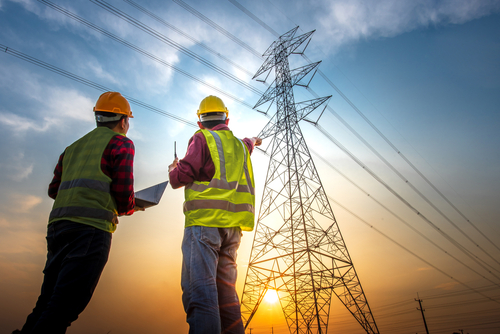ComEd says traditionally summer preparations becoming year-round reality for grid resilience

According to a presentation of ComEd’s summer readiness and plans to the Illinois Commerce Commission (ICC), mechanisms are in place to assure reliability for its 9 million customers in northern Illinois.
Summer is traditionally the time for greater grid stress due to higher temperatures. However, climate change is altering how and when such system readiness is needed.
“The summer is typically our most active weather season,” said Terence Donnelly, president and COO at ComEd. “However, climate change has made severe weather more likely year-round. While we spoke with the ICC about our preparations for this summer, the reality is that the work we do is meant to ensure reliability in the face of increasing severe weather and prepare the grid for the rapid growth of clean energy technologies.”
The company began updating its grid in 2011; since then, it has reported reliability improvements in excess of 80 percent. Its efforts have saved more than $3.3 billion in outage-related costs, and just last year, 85 percent of its customers experienced a single – or no – interruption.
Among helpful systems deployed in this regard were Distribution Automation, which ComEd credited with having helped it avoid more than 15 million outages on its own; Lidar, which helps the company identify trees more susceptible to climate change; and an outage prediction tool the company uses to map out preventative maintenance points based on analytics from system data.
“We are never just doing one thing at a time,” Donnelly said. “We build with an eye toward resiliency and preparing the grid for severe weather, as well as increased clean energy technology and decarbonization, so that we maximize the long-term benefit for customers every time we make improvements to the grid.”
ComEd also pointed to its multi-year grid and rate plans filed in January and to its ComEd 2030 plan, which noted that adopting greater electrification of buildings and the rollout of more electric vehicles while still maintaining grid safety and reliability will require a host of physical and digital infrastructure upgrades in its own right.
